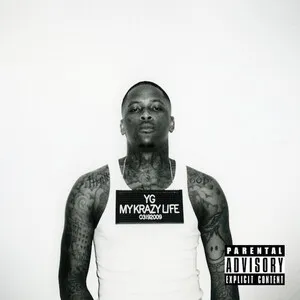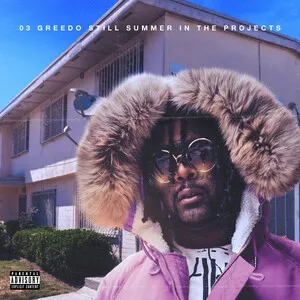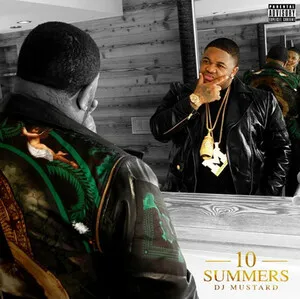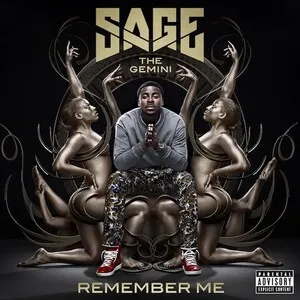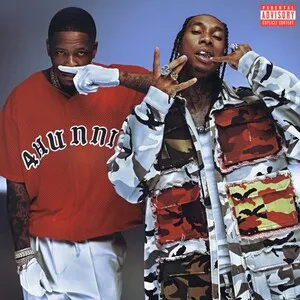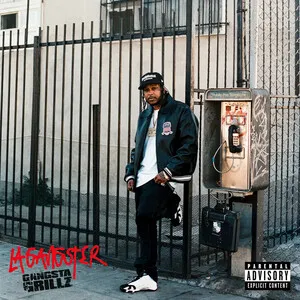Ratchet is a club-focused hip-hop aesthetic that began in Louisiana in the mid-to-late 2000s and was popularized in the early 2010s by the "New West" in Los Angeles. It favors minimal, bouncy beats, chant-ready hooks, and call-and-response vocals aimed squarely at the dancefloor.
Typical production sits around 95–105 BPM, with dry 808 kicks, sharp claps or snaps on the backbeat, sparse sub-bass lines, and bright, short synth leads that repeat a two- or three-note motif. Songs often center on party culture, flirtation, and street swagger, using uncomplicated melodies and lots of space so vocals and crowd chants cut through.
The style’s mainstream breakthrough is closely tied to DJ Mustard’s sound: stripped-down drums, simple earworm top-lines, and infectious, handclap-driven grooves that powered a run of West Coast hits in the early to mid-2010s.
The term and early practice of "ratchet" are closely associated with northern Louisiana (notably Shreveport/Baton Rouge). Local club rap emphasized chantable hooks, high-energy call-and-response, and sparse, hard-hitting beats suitable for regional party scenes and dances. This Louisiana club framework—alongside broader Southern hip hop, crunk, and snap—helped define the raw, minimal ethos later labeled "ratchet."
In the early 2010s, Los Angeles producers and artists streamlined that minimal club feel into a signature sound. DJ Mustard became the most visible architect, branding his drum-forward, clap-driven, 100-BPM bounce as "ratchet music." Records by YG, Tyga, and Ty Dolla $ign took the sound national: skeletal drum programming, simple sub-bass, and a bright, repetitive lead line supporting catchy, party-ready hooks.
As the style topped charts, pop rap and contemporary R&B adopted ratchet’s stripped-down templates. The sound’s space and punch translated naturally to radio and streaming, with singers and rappers alike using chantable refrains and uncluttered arrangements. Producers blended trap’s 808 sensibilities with ratchet’s club minimalism, nudging R&B toward sparser, groove-first arrangements (often grouped with modern "trap soul").
Ratchet reshaped early-to-mid 2010s West Coast rap, refreshed mainstream club rap, and left a lasting imprint on pop-leaning hip hop and R&B. Its production vocabulary—open drum patterns, few melodic parts, and hook-forward writing—remains a go-to formula for dancefloor-oriented singles.


